Samsung's collaboration with Google and Qualcomm marks a real shift in smart glasses. The Galaxy XR headset, launched at $1,799, acts as the foundation for Samsung's upcoming Android XR smart glasses. Those glasses are designed for everyday wear, inside and out, putting them in direct competition with Meta's Ray-Ban partnership. The groundbreaking collaboration between Samsung and Google is reshaping spatial computing, with Android XR powering both headsets and glasses, a unified approach that could change how we interact with wearable technology.
Why Samsung's Android XR platform changes everything
Here is the real difference. Android XR bakes multimodal AI directly into smart glasses, not as a bolt-on feature later. Android XR will also cover glasses, not just the headset, which creates a unified ecosystem across form factors and enables seamless transitions between headset training and glasses deployment in real-world scenarios.
Samsung's strategy leans on Gemini AI that can see what users see through cameras embedded throughout devices, giving the system the context to support cross-device workflows Meta's setup does not replicate. While Meta's AI features operate inside the glasses' own environment, Samsung's vision connects the lot. Android XR will be integrated into the Galaxy ecosystem, meaning whatever you do in smartphones, watches, glasses or headsets, they will be connected.
What really catches my attention is how Samsung's Choi believes XR headsets and glasses are the most natural devices that can realize this multimodal AI. This is not just about adding AI tricks to glasses. It is about reimagining them as AI first devices where intelligence drives the experience, not an afterthought.
PRO TIP: The key differentiator here is platform thinking versus product thinking. Meta builds excellent individual products, while Samsung is building an interconnected platform that scales across device categories.
How Samsung's approach differs from Ray-Ban Meta glasses
Meta's Ray-Ban glasses shine in their current form. Look at the architectures side by side, though, and Samsung's plan aims at scalability from the start. While Meta's glasses have Live AI modes that can tap into the camera and microphones, Samsung's implementation promises integration with existing Android services that creates entirely new workflows, like your glasses continuing a task you started on your phone.
The technical pieces tell the story. Google's doing the same on the Galaxy XR headset with Gemini AI, while it is also adding awareness of open apps, virtual experiences and the real-world environment. Taken together, Samsung's glasses can understand the world around you as well as screens, something that could point to how glasses start to understand both the everyday world and nearby devices with screens that are in view. That creates a bridge between digital and physical spaces that Meta's current approach does not match.
Samsung's partnership strategy also opens more doors than a single-brand focus. Google and Samsung are working with Warby Parker and Gentle Monster to make AI glasses that would compete with Meta's Ray-Ban and Oakley EssilorLuxottica partnership. This multi-brand approach lets Samsung court fashion-conscious buyers through Gentle Monster and serve more practical needs through Warby Parker, a strategic edge that could speed up adoption.
The ecosystem advantage: connected devices that actually work together
Samsung's biggest edge sits in its hardware ecosystem and Google's software integration, and in tackling the user experience pain points that make glasses awkward. Connected peripherals for future glasses could make them feel less awkward, since features can be distributed across devices instead of stuffing everything into the frames.
Here is where the comparison gets interesting. Meta's Ray-Ban Displays introduced a custom-made neural band for gestures, but that band doesn't do any other useful watch-like things yet. Samsung already sells watches and rings people use every day. Samsung and Google have watches and rings, and signs are strong that they'll integrate them into the glasses picture soon. So gestures can live on Galaxy Watch, authentication can come from Galaxy Ring, and visual processing can sit in the glasses, which creates a distributed model that keeps any single device from getting bloated.
The payoff is more than convenience. Android XR smart glasses are expected to push more health and fitness functions, tapping Samsung's health monitoring work for use cases like real-time coaching with overlays or medical scenarios where glasses display information while watches and rings collect biometric data.
There is also a lesson learned. The Samsung Galaxy XR doesn't seamlessly connect with WearOS watches or Fitbits to track health in exercise apps. True ecosystem integration takes time, and Samsung appears to be tackling those interconnection issues before the glasses arrive.
What the Galaxy XR headset tells us about Samsung's glasses ambitions
The Galaxy XR headset is more than a one-off. It is a proving ground for Samsung's smart glasses, a preview of features that can be miniaturized into daily wear. The headset shows how Gemini AI's utility is more refined and integrated, where AI becomes the primary interface instead of a side option.
Users can summon Gemini with a button or voice, use it for OS tasks, launching apps, cleaning up space, or searching in pass-through. That shift from touchscreen-first to voice-first computing is exactly what smart glasses need. The pass-through and Gemini working together inside Galaxy AI creates a major step in AI and personal computing, a glimpse of contextual computing where AI understands what you are doing and what you are looking at.
The specs point to Samsung's focus on visual fidelity that can translate to glasses. The headset uses micro-OLED displays with 3,552 x 3,840 pixels per eye, a direction that supports text-heavy applications. Just as telling, it has cameras everywhere: two high-res ones for pass-through video, plus six external tracking cameras and four internal eye-tracking cameras with iris scanning. That stack points to comprehensive sensor fusion, critical for glasses that need to parse complex real-world context with far smaller hardware.
The timeline and market positioning challenge
Samsung's smart glasses plan faces timing and positioning headwinds, and the slower cadence may be worth it. While the Galaxy XR is available today in the US and South Korea for $1,800, the glasses timeline stretches to Samsung and Google working with companies like Warby Parker, Xreal, and Gentle Monsters to deliver smart glasses on the Android XR platform, expected in 2026.
That 2026 window gives Meta time to deepen its Ray-Ban work and maybe add displays, but Samsung's slower, comprehensive approach targets harder problems. Samsung has studied the extended reality segment for the past 10 years, and it was not until about four years ago that the company approached Google to jointly develop the project. They are laying foundation, not just iterating.
The market context supports patience. Research firm Gartner estimated the global Head-Mounted Display market is expected to rise by 2.6% from this year to $7.27 billion next year, with lighter, eyeglass-type AI devices such as Meta's smartglasses made in collaboration with EssilorLuxottica Ray-Bans expected to drive most of this growth. The category is still early, so getting the platform right could matter more than speed.
Competition also leaves room to maneuver. Meta overwhelmingly dominates the VR headset industry with about an 80% market share, but smart glasses may favor established mobile ecosystems over first-mover advantage, especially if Samsung delivers on integration.
Why the competition will ultimately benefit everyone
Samsung's Android XR smart glasses point to a shift from experimental gadgets to mainstream computing platforms. The company’s partnership model, combining Google's AI expertise with established eyewear brands, creates real competition for Meta's Ray-Ban collaboration while speaking to different needs.
Healthy rivalry tends to speed things up. Meta's social-first glasses show that wearables can be stylish and useful for capture and conversation. Samsung's ecosystem-first path suggests glasses can plug into productivity, health, and day-to-day workflows. Not the same playbook, and that is the point.
The platform angle matters too. The Android XR platform's familiar foundation should lower developer friction and grow the app ecosystem, while Meta keeps building around social and entertainment. Different paths, bigger tent.
What stands out is how each approach maps to distinct needs. Meta focuses on making glasses feel natural in public with immediate utility through AI assistance and content capture. Samsung is building toward fully connected computing devices that use multiple sensors and companion wearables to unlock new applications, from augmented reality at work to health and productivity.
Ultimately, consumers win. Whether you gravitate toward Meta's polished social experience or Samsung's promised ecosystem integration, the back-and-forth will push both to expand what smart glasses can do and nudge us from phone-first habits toward ambient, AI-powered wearables.





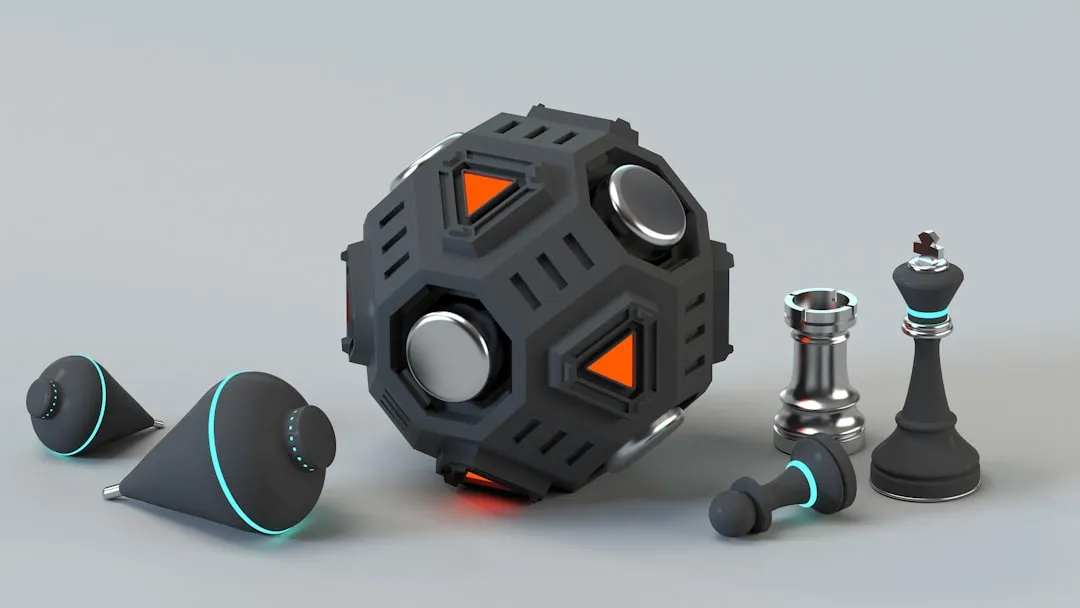
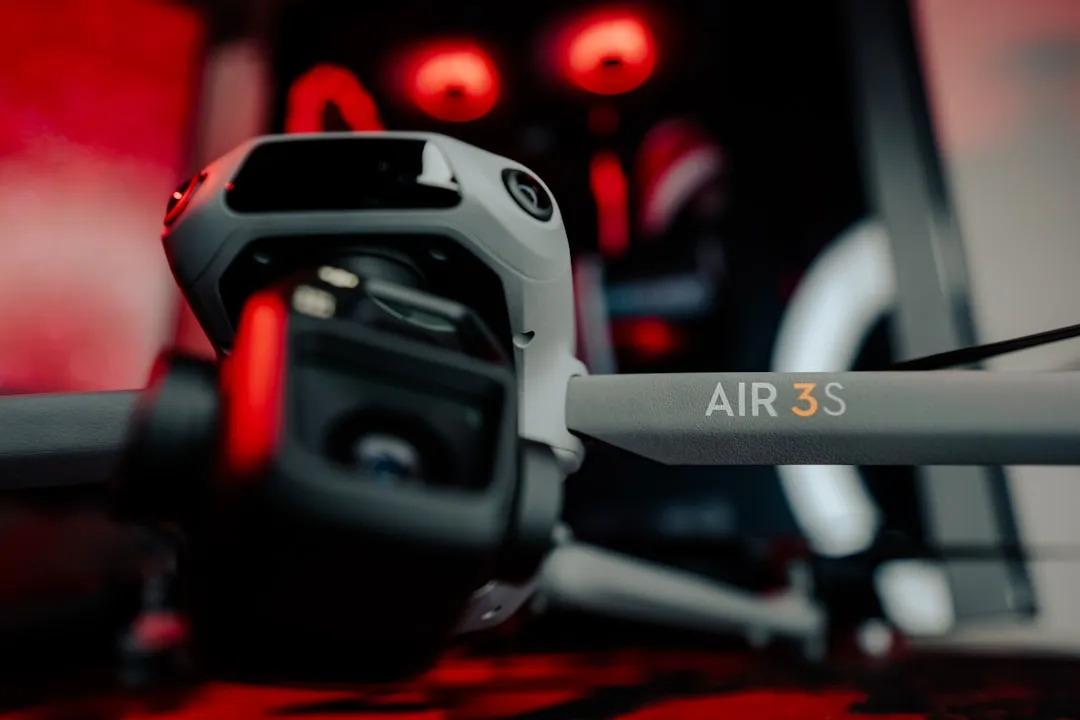

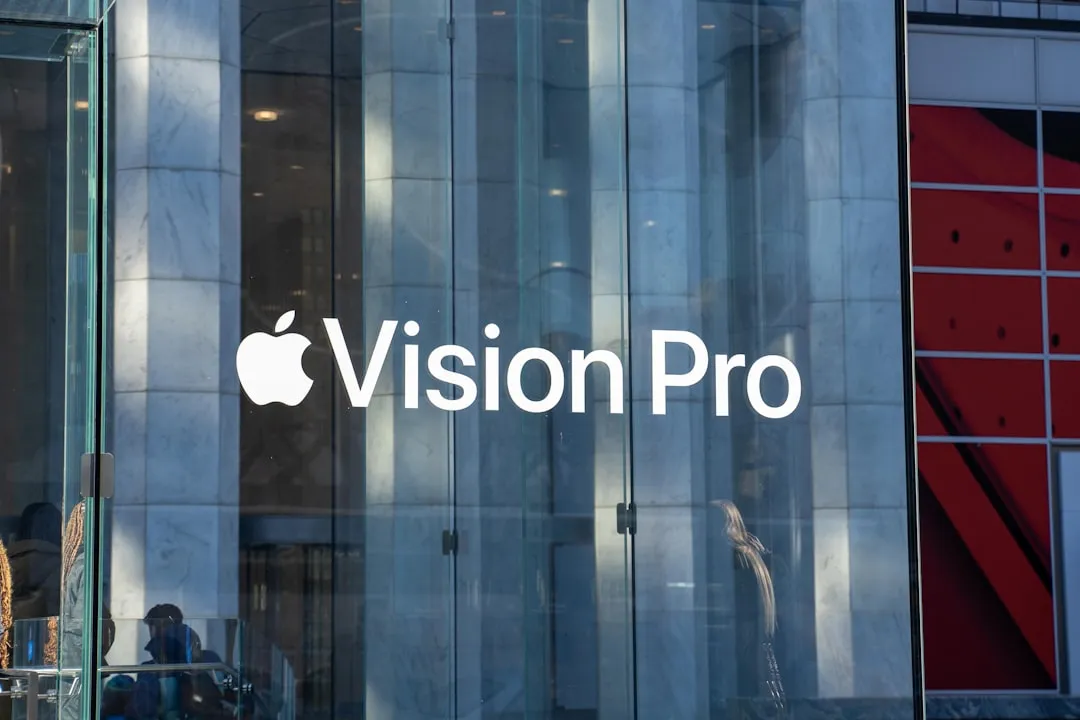

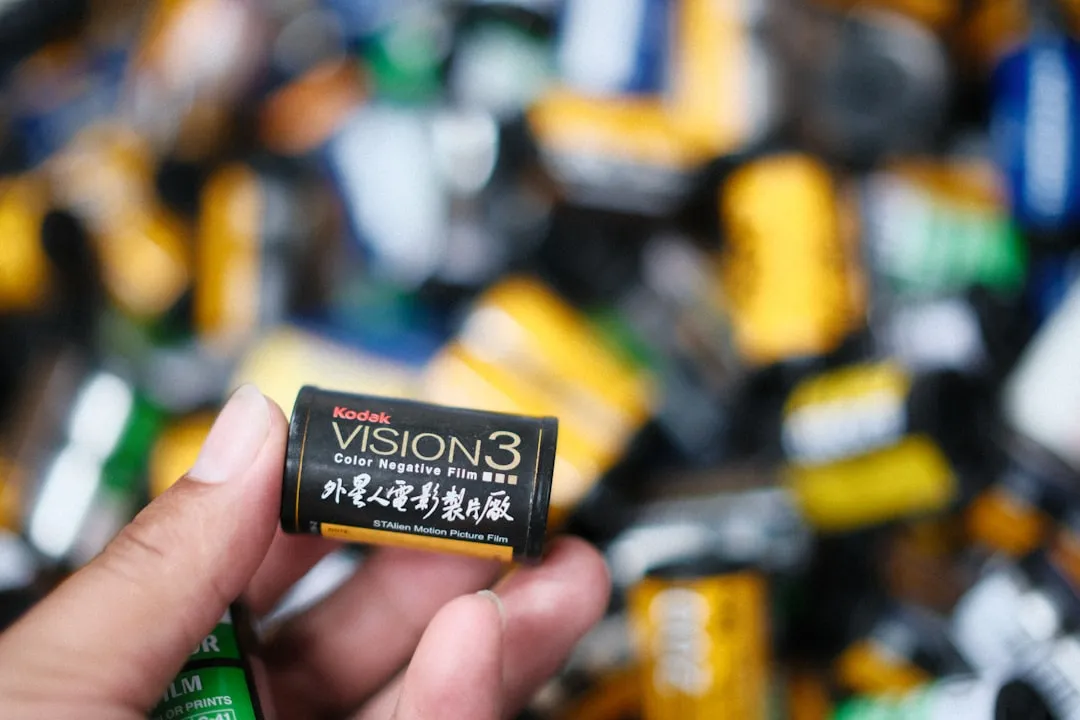
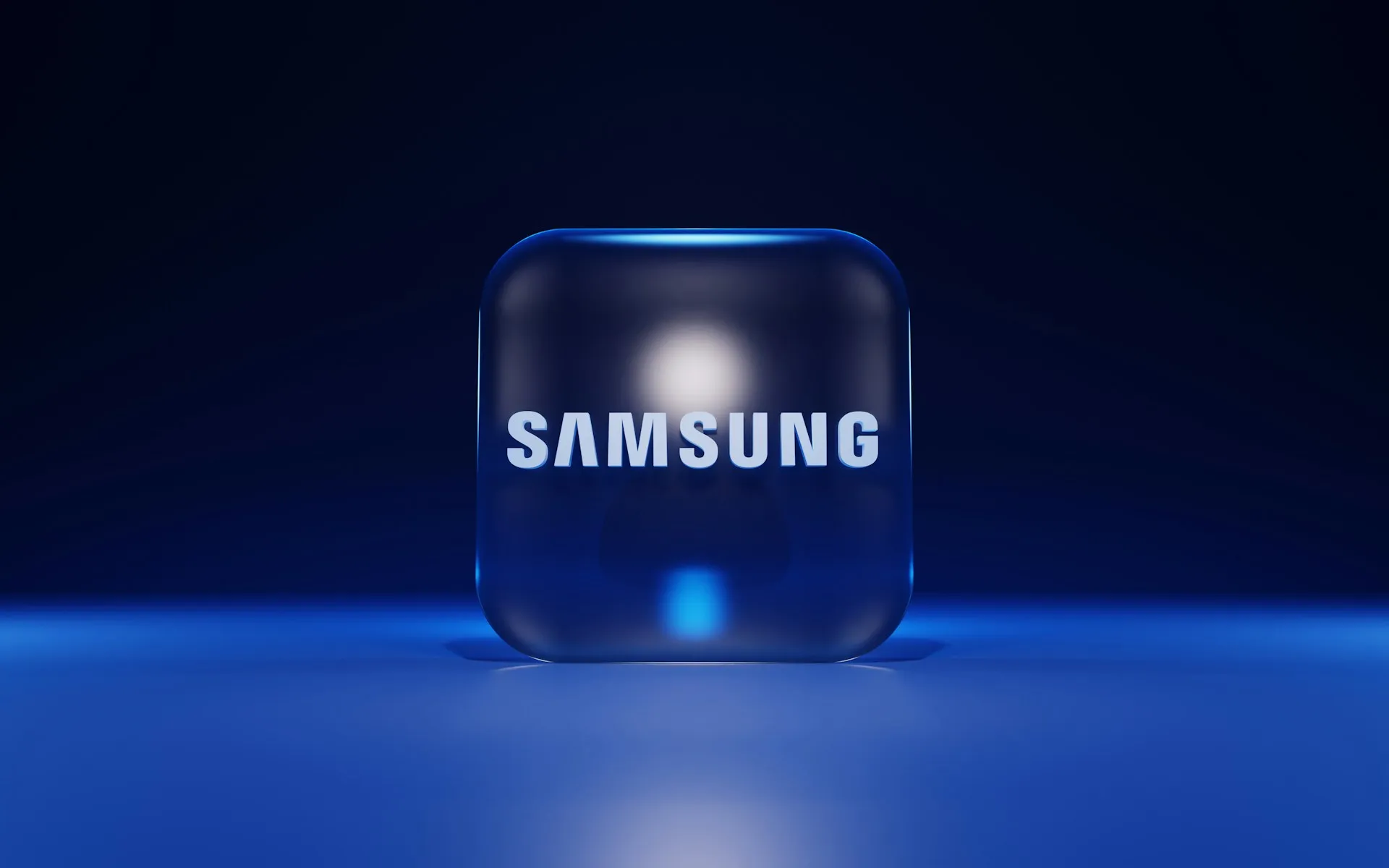

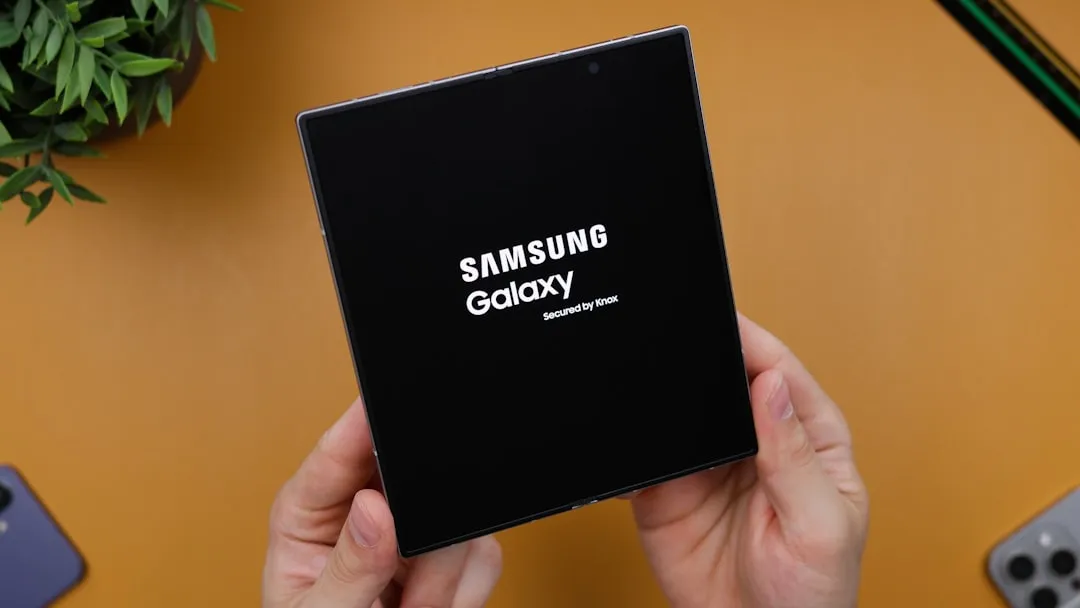



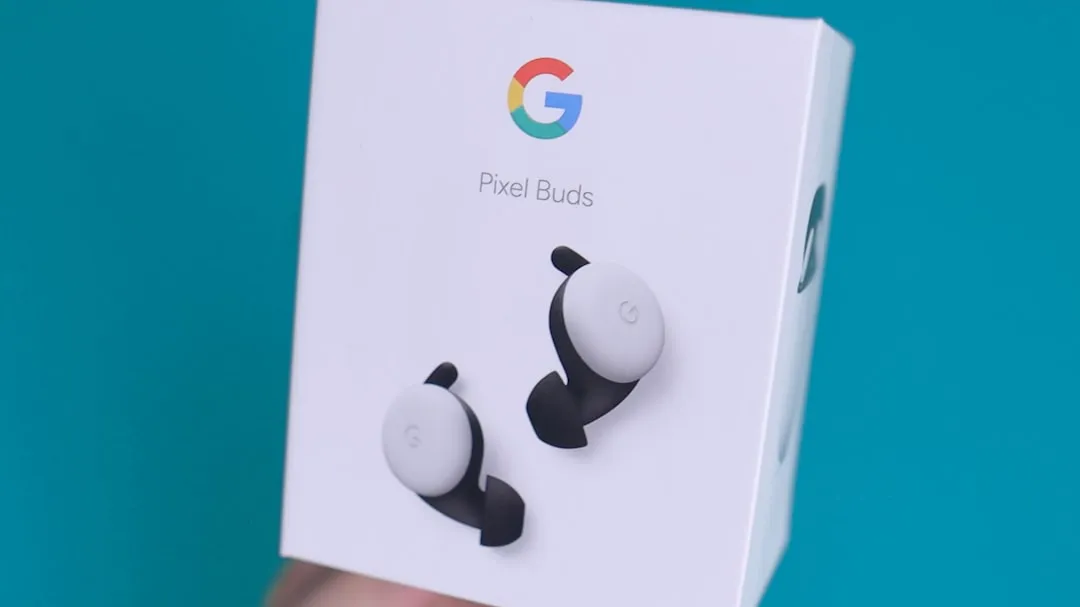

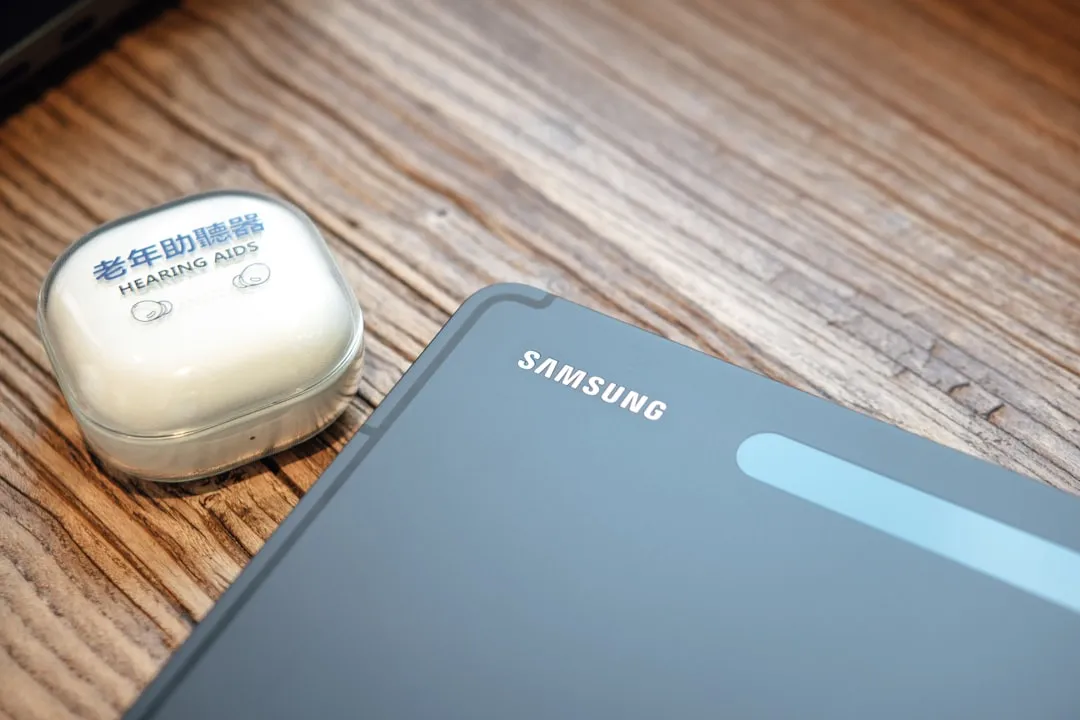

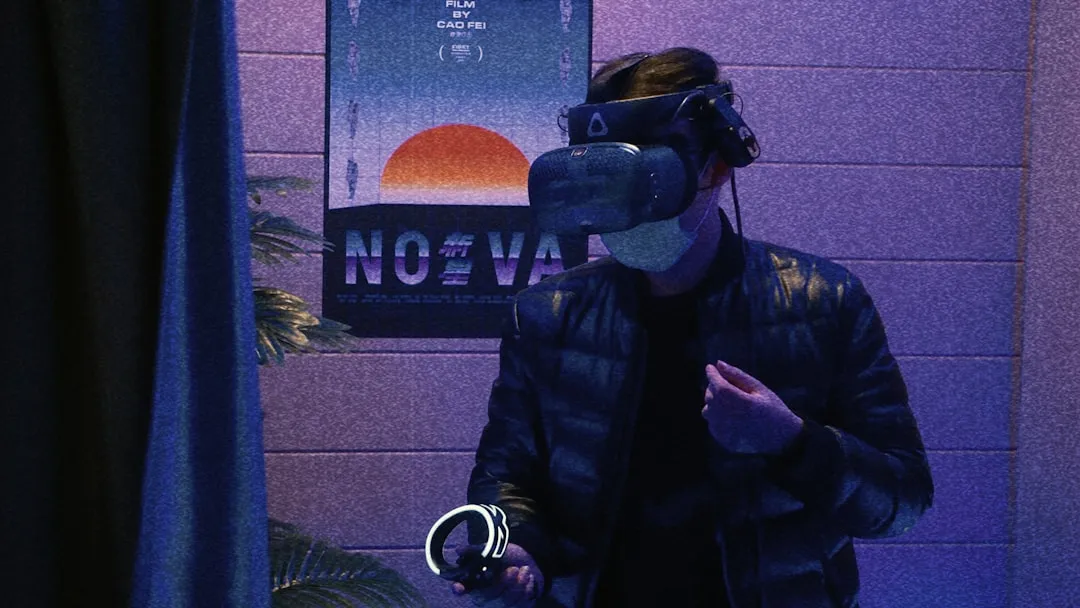
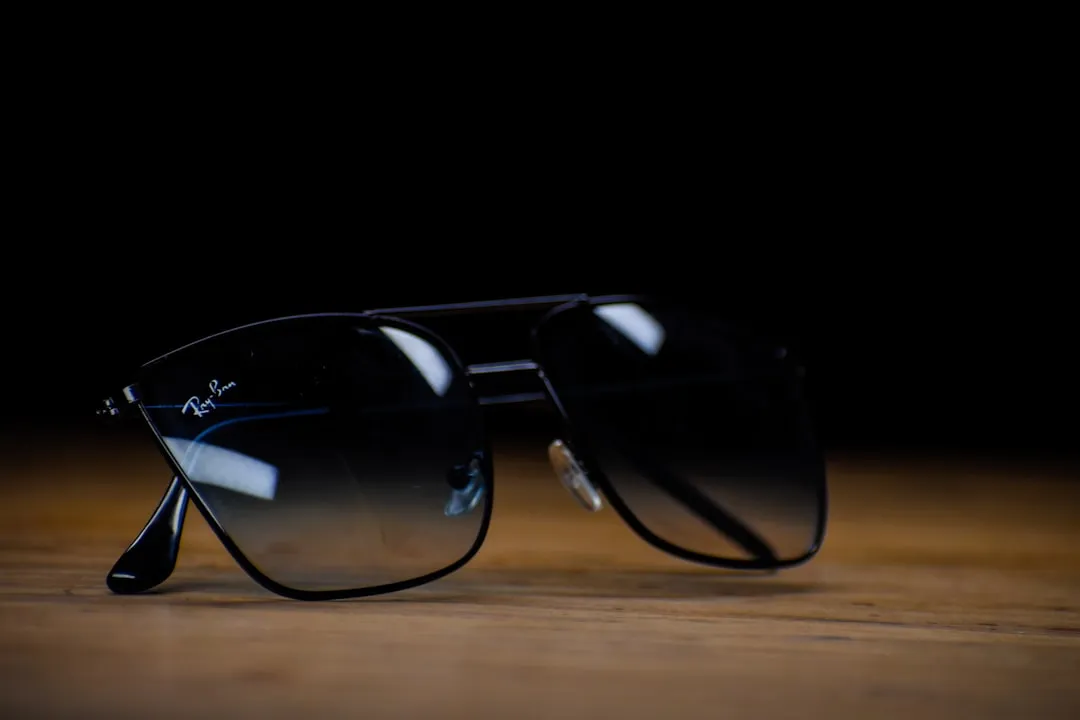
Comments
Be the first, drop a comment!